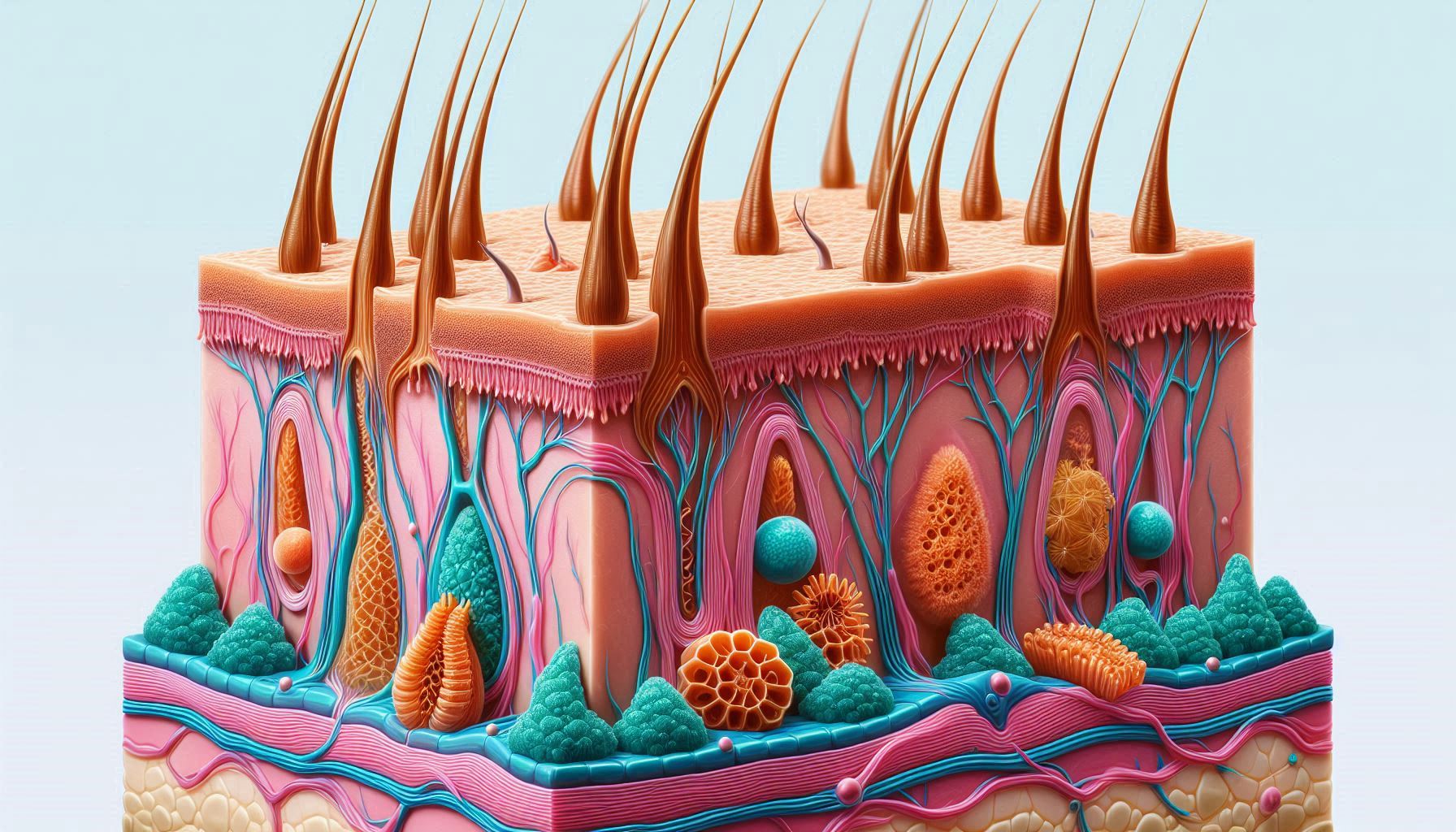
Achieving Natural-Looking Results: The Ultimate Guide to Hair Transplants
Hair loss can be a challenging experience, affecting self-esteem and personal confidence. For many individuals, a hair transplant offers a promising solution to restore a natural-looking hairline and achieve fuller hair. This comprehensive guide will explore how modern hair transplant techniques can deliver natural-looking results, discuss the factors that contribute to a successful outcome, and answer common questions about the procedure.
Understanding Natural-Looking Hair Transplant
A natural-looking hair transplant is designed to replicate the appearance of naturally growing hair. The goal is to restore a hairline and density that blends seamlessly with existing hair, creating an aesthetically pleasing result. Achieving this involves careful planning, advanced techniques, and a skilled surgeon to ensure that the transplanted hair mimics the natural growth pattern and density of your original hair.
Key Factors for Natural-Looking Hair Transplant Results
Several factors influence the success of a hair transplant in achieving a natural look:
- Pre-Procedure Planning: Proper planning is crucial for natural-looking results. This involves assessing the patient’s hair loss pattern, donor area quality, and desired outcome. The surgeon will work with the patient to design a hairline that complements their facial features and meets their expectations.
- Advanced Techniques: Modern hair transplant techniques have significantly improved the ability to create natural-looking results. The two primary methods are:
- Follicular Unit Extraction (FUE): This technique involves extracting individual hair follicles from the donor area and transplanting them into the recipient area. FUE is minimally invasive and leaves minimal scarring, making it ideal for creating a natural appearance.
- Follicular Unit Transplantation (FUT): Also known as strip harvesting, FUT involves removing a strip of scalp from the donor area, dissecting it into individual follicular units, and transplanting them into the recipient area. While it may leave a linear scar, FUT allows for the extraction of a larger number of grafts, which can be beneficial for achieving fuller coverage.
- Graft Placement and Density: The placement of hair grafts plays a crucial role in achieving natural-looking results. The surgeon must carefully position the grafts to replicate the natural hair growth pattern and ensure proper density. This involves creating tiny incisions at the correct angle and depth to mimic the way hair naturally grows.
- Donor Hair Quality: The quality of the donor hair is essential for natural-looking results. The donor area, typically the back or sides of the scalp, should have healthy, dense hair follicles that can be successfully transplanted. The quality and density of the donor hair will impact the overall outcome.
- Post-Procedure Care: Proper aftercare is crucial for the success of a hair transplant. Following the surgeon’s instructions for post-procedure care helps ensure that the transplanted hair follicles establish themselves and grow properly. This includes avoiding certain activities, using prescribed medications, and attending follow-up appointments.
The Hair Transplant Procedure
The hair transplant procedure involves several steps to achieve natural-looking results:
- Consultation and Assessment: The process begins with a consultation where the surgeon assesses the patient’s hair loss pattern, donor area, and overall health. The surgeon will discuss the patient’s goals and expectations to create a personalized treatment plan.
- Preparation and Anesthesia: On the day of the procedure, the donor area is prepared, and local anesthesia is administered to ensure the patient is comfortable and pain-free during the surgery.
- Harvesting Hair Follicles: Depending on the chosen technique (FUE or FUT), the hair follicles are harvested from the donor area. In FUE, individual follicles are extracted using a micro-punch tool. In FUT, a strip of scalp is removed, and the follicles are dissected from the strip.
- Recipient Area Preparation: The recipient area is prepared by creating tiny incisions or slits where the hair follicles will be transplanted. The surgeon carefully plans the placement of these incisions to achieve the desired hairline and density.
- Graft Placement: The harvested hair follicles are meticulously placed into the incisions in the recipient area. The surgeon ensures that each graft is positioned at the correct angle and depth to replicate natural hair growth.
- Post-Procedure Care: After the procedure, the patient receives detailed instructions on how to care for the transplanted area. This includes guidelines on washing the hair, taking prescribed medications, and avoiding activities that could disrupt the grafts.
Benefits of Natural-Looking Hair Transplant
Opting for a natural-looking hair transplant offers several benefits:
- Aesthetic Improvement: The primary benefit is the improvement in appearance. A well-executed hair transplant can restore a natural hairline, providing a fuller and more youthful look.
- Boost in Confidence: Achieving a natural-looking result can significantly enhance self-esteem and overall confidence. Many patients feel more comfortable and self-assured after their hair transplant.
- Long-Term Solution: Hair transplants offer a permanent solution to hair loss. The transplanted hair is typically resistant to the factors that caused initial hair loss, providing long-lasting results.
- Minimal Maintenance: Once the transplanted hair has fully grown in, it requires minimal maintenance compared to other hair restoration options. Regular hair care practices can help maintain the results.
Recovery and Aftercare
Recovery from a hair transplant involves several key considerations:
- Initial Recovery: After the procedure, patients may experience redness, swelling, and mild discomfort in the treated area. These symptoms typically subside within a few days.
- Shedding Phase: It’s normal for the transplanted hair to shed within the first few weeks after the procedure. This shedding is part of the natural hair growth cycle, and new hair will begin to grow in its place.
- Hair Growth: New hair growth typically starts within 3 to 4 months after the procedure. The hair will continue to thicken over the next 12 to 18 months, gradually revealing the full results.
- Follow-Up Appointments: Regular follow-up appointments with the surgeon are important to monitor progress and address any concerns. These appointments help ensure that the transplanted hair is growing as expected.
FAQs About Natural-Looking Hair Transplants
1. How long does the hair transplant procedure take?
The procedure can take anywhere from 6 to 10 hours, depending on the number of grafts and the technique used.
2. Will the results look natural?
Yes, when performed by a skilled surgeon, the results should look natural and blend seamlessly with your existing hair.
3. How many grafts are needed for a natural-looking result?
The number of grafts required varies depending on the extent of hair loss and the desired density. On average, 2,000 to 4,000 grafts may be needed.
4. How soon can I return to work after the procedure?
Most patients can return to work within a week, although this may vary depending on the extent of the procedure and your job requirements.
5. Are there any risks associated with the procedure?
As with any surgery, there are risks, including infection, scarring, and poor hair growth. However, these risks are minimized when the procedure is performed by an experienced surgeon.
6. How long does it take to see the final results?
The final results typically become visible within 12 to 18 months after the procedure as the hair continues to grow and thicken.
7. Can women undergo a natural-looking hair transplant?
Yes, this procedure is suitable for both men and women who want to achieve a natural-looking result.
8. What is the cost of a natural-looking hair transplant?
The cost varies depending on the extent of the procedure, the surgeon’s expertise, and the clinic’s location. On average, the cost can range from $4,000 to $15,000.
9. How do I choose the right surgeon for a natural-looking hair transplant?
Look for a surgeon with extensive experience in hair transplantation, a proven track record of achieving natural-looking results, and positive patient reviews.
10. What should I expect during the recovery period?
You may experience redness, swelling, and mild discomfort in the treated area. It’s important to follow your surgeon’s post-procedure care instructions to ensure proper healing and optimal results.
Conclusion
A natural-looking hair transplant can provide a transformative solution for individuals experiencing hair loss. By focusing on meticulous planning, advanced techniques, and expert execution, this procedure aims to restore a natural hairline and density, enhancing appearance and boosting confidence. If you’re considering a hair transplant, it’s crucial to consult with a skilled and experienced surgeon who can guide you through the process and help you achieve the most natural-looking results. With proper care and realistic expectations, a natural-looking hair transplant can offer a permanent and aesthetically pleasing solution to hair loss.




